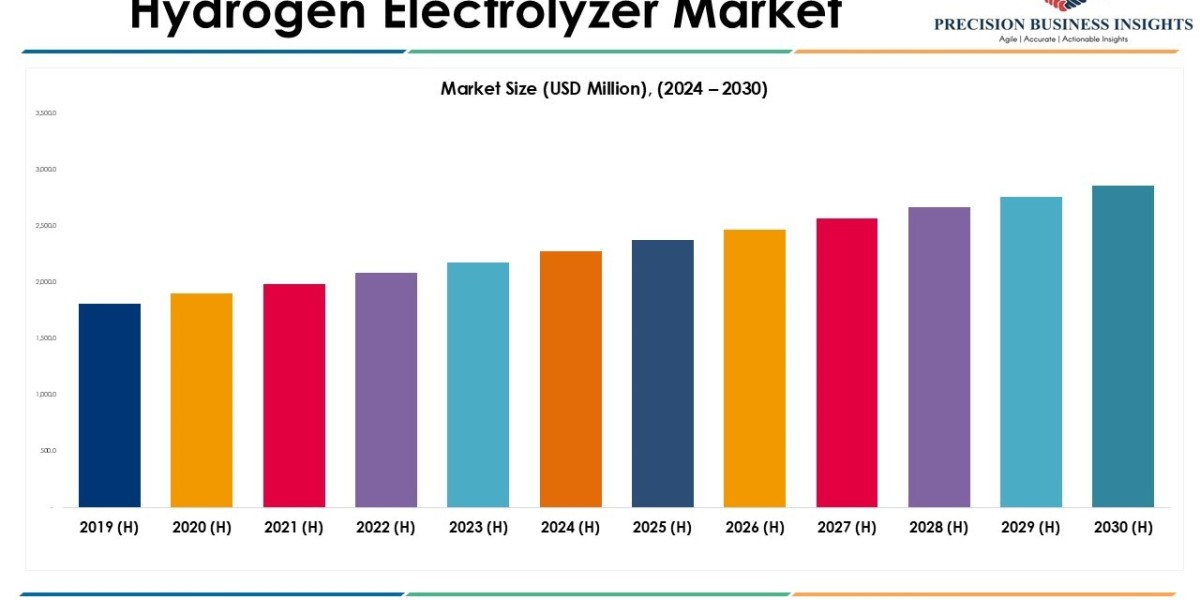Numerous incidences of drone detection and close encounters with commercial aircraft are being observed in the Asia-Pacific (APAC) region. Cases of near misses between manned and unmanned aircraft have become frequent in the thronged airspace, resulting in various catastrophic accidents. To avoid such accidents, government agencies are making plans to safe guard airports. For example, the Bureau of Civil Aviation Security (BCAS), India, formulated a counter-drone plan to protect airports from threats posed by unmanned armed vehicles (UAVs), by using soft-skill method to entrap or jam drones instead of destroying them.
Even though the adoption rate of counter-drone products and technology is quite low in contemporary, the usage of such products is expected to amplify in the coming years. Countries such as India and Japan are expected to create high demand for anti-drone technology for security purposes. The defense and military forces of these nations will be the largest users of counter-drone products. Moreover, enhancements in interdiction range and detection efficiencyin radiofrequency (RF) spoofing/jamming and laser methods are projected to escalate the adoption of such products in the region.
The increasing demand for anti-droneswill be met by key market players such as Blighter Surveillance Systems Ltd., SZ DJI Technology Co. Ltd.,Rheinmetall AG,DroneShield Limited,Liteye Systems Inc.,The Boeing Company,Airbus SE,Rafael Advanced Defense Systems Ltd.,Thales S.A.,Lockheed Martin Corporation,Israel Aerospace Industries Ltd.,Leonardo DRS,Northrop Grumman Corporation,Raytheon Company, and Saab AB.These companies are working toward the improvement of counter-drone technologies to dealt with the unprecedented attacks. They are also focusing on improving their existing platforms to attract more customers.
The anti-drone products developed by such companies are ground-based, UAV-based, and hand-based. In the recent past, the APAC region observed the highest adoption of ground-based counter-drones. Whereas, in the coming years, the adoption of UAV-based anti-drone systems is expected to rise at the highest pace. This will be due to the increasing preference of endusersfor better ways of identifying and countering the security threats posed by UAVs. The shift from conventional to advanced technology is due to the surging threats from UAVs across several sectors.
In recent years, China has emerged as the leader in the APAC anti-drone market, due to the substantial rise in defense budget of the country. The Government of China has been providing hefty funds for the improvement of anti-drone technology and armed forces. Moreover, the strong presence of major defense companies of the world in China has encouraged the adoption of counter-drone products in the government agencies, military and defense sector, and commercial facilities of the nation.
Thus, the growing requirement for safeguarding airports, historical monuments, national and international borders, and domestic territories from unsanctioned drones and terrorist activities will boost the adoption of anti-drone technology in APAC, in the foreseeable future.









